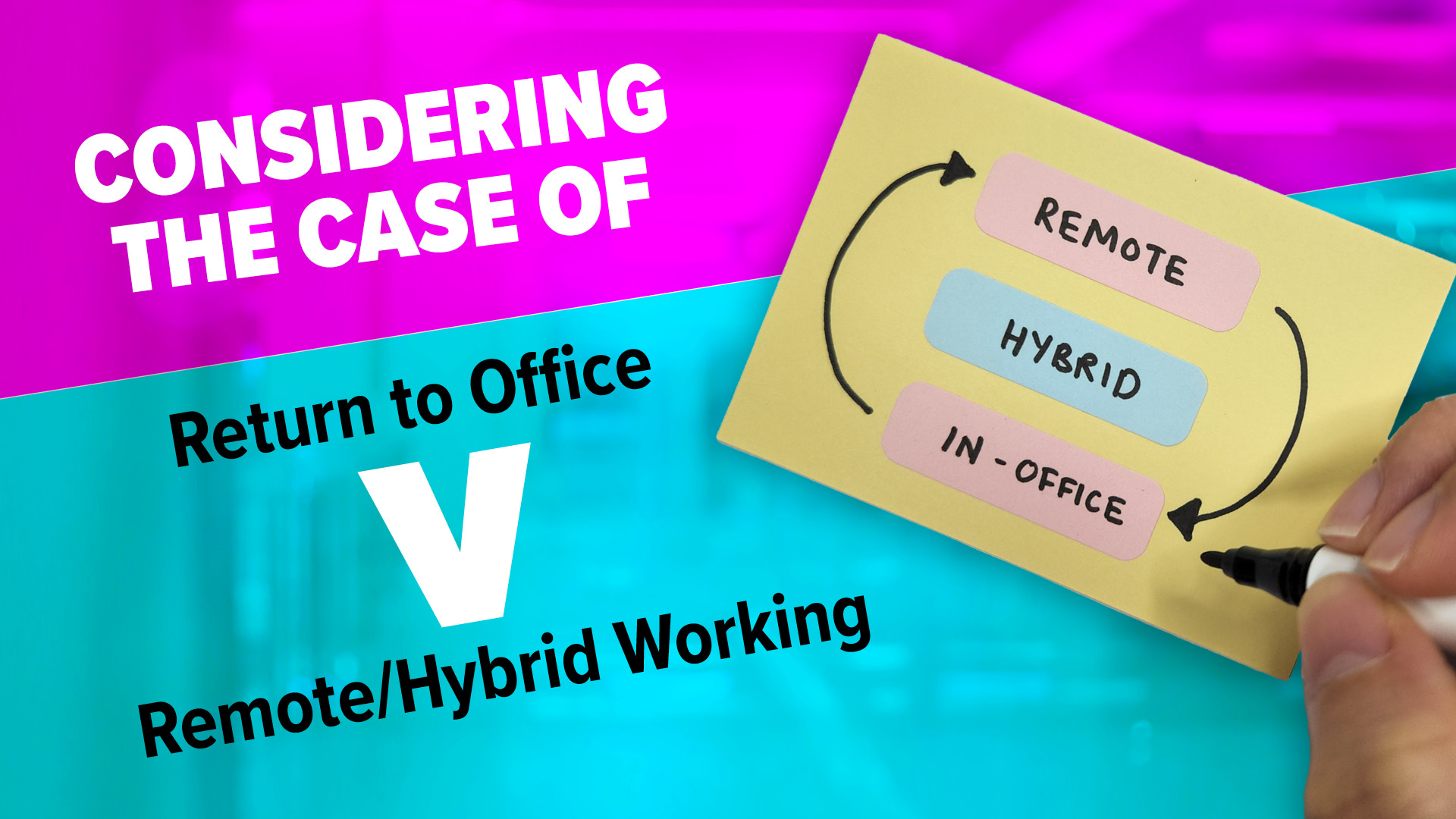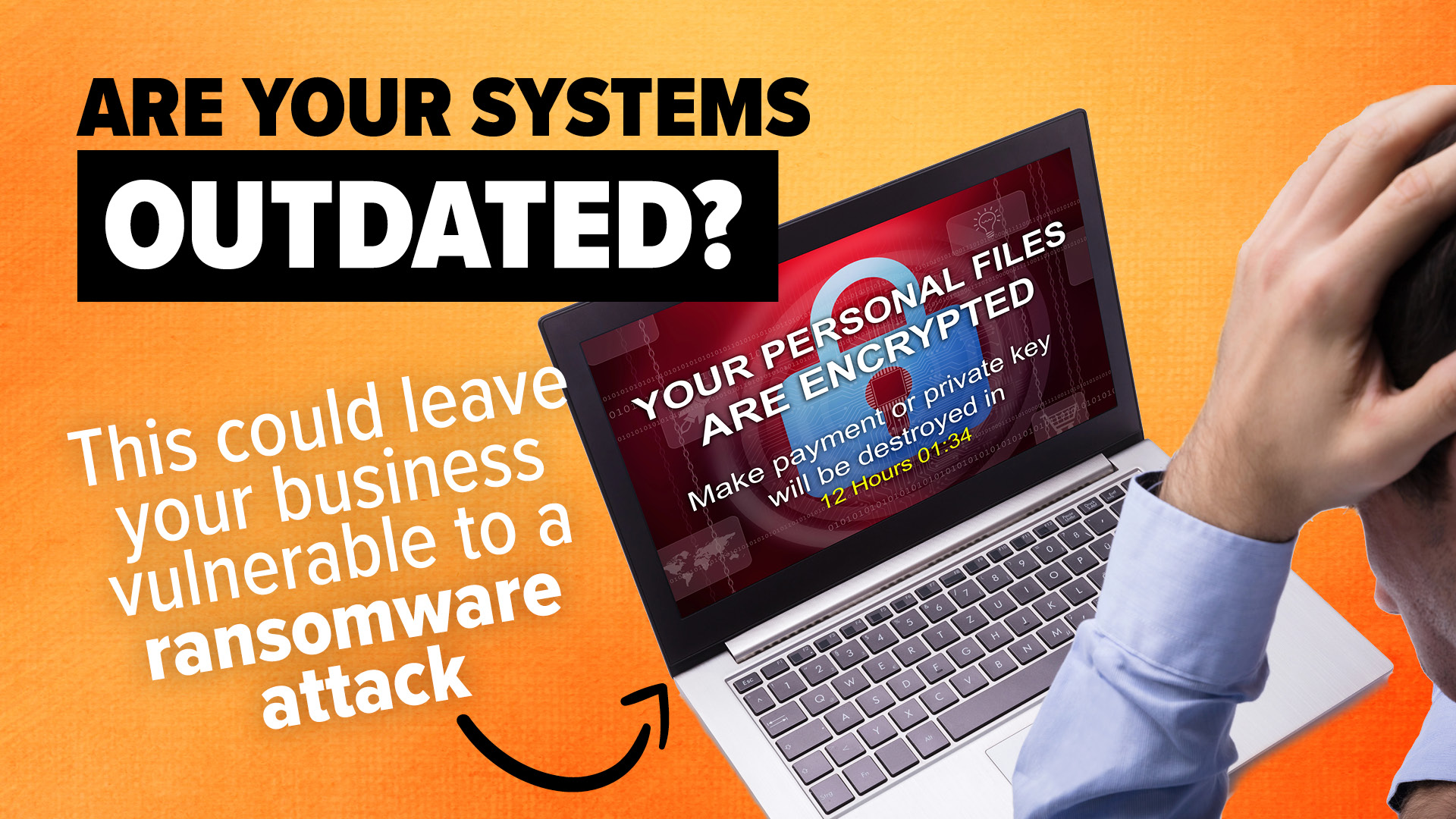We all know how important it is to take care of our data security, whether it’s our business secrets or just personal info. Passwords used to be the number one way to keep things under wraps.

But are they still cutting it today? According to a recent report, it seems many people are sticking to their guns when it comes to passwords, with only a small fraction opting for biometrics like fingerprints. But why the hesitation? It seems like everyone’s got data privacy and security on their minds, and that’s totally fair.
So, what exactly are biometrics, and why should we consider them as a more secure alternative to passwords?
Biometrics are all about using your unique physical or behavioral traits – like your fingerprints, face, or even your eye scan – to prove it’s really you. Unlike passwords, which can be forgotten, stolen, or cracked, biometrics bring a whole new level of security to the table.
Sure, there’s still some worry about biometric data getting into the wrong hands. But don’t worry too much. It’s rare and takes a lot of effort and know-how.
Biometrics are still a solid weapon in the fight against cyber threats. They’re not only harder to copy than passwords but also offer unparalleled convenience. No more struggling to remember a jumbled mess of letters and numbers or a multitude of password (if you still use them, we have a short guide on how to deal with them)… just a quick scan of your fingerprint or face, and you’re good to go.
But what if you’re not sold on biometrics just yet?
There’s an alternative: Passkeys.
These clever authentication methods offer another option to the old-school password. Passkeys use special codes unique to each person and are tough to phish (that’s when someone tries to trick you into giving away your login credentials).
By mixing biometrics with passkeys, you can make a big enhancement to your business’s security without making your staff’s lives harder (in fact most people find biometrics and passkeys easier). More details on what passkeys are and how they work can be found here.
Transitioning from traditional passwords to advanced authentication methods like biometrics and passkeys doesn’t just enhance security; it also streamlines the user experience. No longer will users need to manage complex password databases or endure the frustration of password recovery processes. This shift promises a more seamless interaction with technology, reducing downtime and improving productivity in both personal and professional settings.
Despite the clear advantages, the adoption of biometrics and passkeys faces several barriers. Privacy concerns remain a significant hurdle, with many users wary of how their biometric data might be used or stored. Educating the public on the robust security measures and encryption protocols in place can help alleviate these fears. Moreover, integrating these technologies into existing systems requires investment and effort, but the long-term benefits far outweigh the initial costs.
Looking ahead, the future of cybersecurity lies in the continuous evolution of authentication methods. As cyber threats become more sophisticated, so too must our defenses. Combining multiple layers of security, such as two-factor authentication (2FA) with biometrics and passkeys, can provide a more fortified defense against unauthorized access. Businesses and individuals alike must stay informed and adaptable, embracing new technologies to safeguard their digital identities and assets effectively.
Passwords may have served us well in the past, but it’s time to embrace new, safer methods of authentication. Need a hand implementing biometrics or passkeys? We can help – get in touch.








